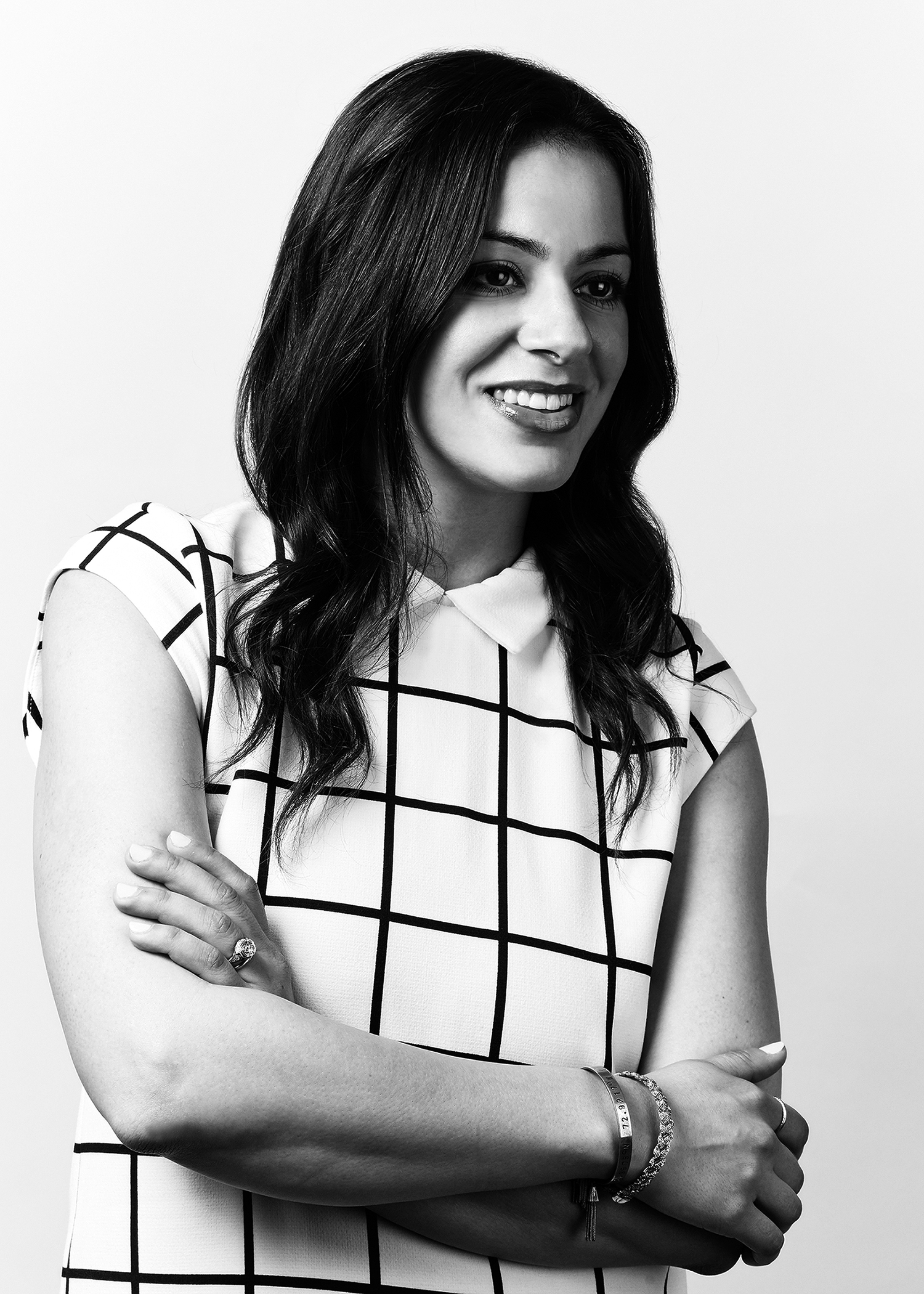Contemporary: Slow & Steady

Careful planning spells success for contemporary retailers.

Top sellers for 2013 included knits (sweaters and Henleys), accessories (watches, ties, scarves, hats), sportcoats/blazers and denim. And in preparation for fall 2014, retailers are analyzing 2013 business with a microscope: pinpointing what worked and what didn’t and planning their buys from there, yet always keeping an open mind to find what’s fresh and new at the trade shows.
Denim vs. Non-denim
Denim business is getting better. After a few seasons of going “back to basics,” washes and distressing are gaining popularity again and giving customers a reason to pick up a new pair. Slimmer silhouettes are now the norm and latecomers are finally buying this fit. Joey Mendez at Halls says, “Straight leg and slim straight leg are definitely driving sales. Guys who haven’t bought jeans in a year or so are catching on that they need an update. For us, the sweet spot is from $150 to $250. I do have to watch higher price points and lower the amount of units or pass altogether if a retail is just too high.”
Says Chord Bezzera at Universal Gear: “Denim sales have been very strong for us this fall. Non-denim, however, has been challenging. This is mostly cyclical as we had great non-denim sales last year.” Retailers who scaled back on non-denim and offered slim-fit styles found success. Those that bought too heavily into colored bottoms ended up putting a lot of it on sale.
At Halls, the “Sureshot Chino” from Zanerobe is the best-selling non-denim pant. Mendez was pleasantly surprised by its success because it’s a more forward look, but he’s filled it in twice this fall. LASC in Los Angeles is also seeing good performance in non-denim bottoms like chinos, cords and specialty bottoms for the holidays.
Delivery Dates
While not a new issue, contemporary retailers continue to struggle with, as one retailer phrased it, the “ridiculous fashion schedule.” As Brian Trunzo at Carson Street Clothiers explains, “Deliveries are earlier and earlier, forcing independents to compete on a volume scale with big boxes that mark down quicker and more aggressively—it’s almost impossible to find a swimsuit in August or a pair of gloves in February; in both instances, the product categories were heavily marked down at the time customers are seeking those products most, right in the middle of the season.”
Retailers are also pushing out their buys to reflect the change in weather. Bezerra says, “Buying seasonal categories like swim and shorts up front gives us some breathing room and time to react if the weather cooperates. It’s not like the old days when you bring in the majority of your spring in February and March. It’s been too cold the last couple of years for us to do any real spring business. We have to buy more transitional items with longer shelf life to get through those months.”

Fall 2014: Beyond Menswear
More menswear retailers are adding categories outside of apparel to spice up the floor and attract new customers. Grooming, footwear, home goods, and even women’s wear are all category extensions they’re experimenting with. LASC is a prime example: Don Zuidema says that they’re adding women’s to their mix, as well as additional accessories, home goods and personal care items. “We want to develop a customized shopping opportunity for our customer, giving them a reason to buy more often,” he says.
Melissa Austria of GotStyle recently opened a second location in Canada, adding women’s to her mix. She also says that she’s still a believer in sportcoats and blazers. “Every man should wear one when he goes out at night; women make an effort, so men need to dress better or they will be left behind.”


